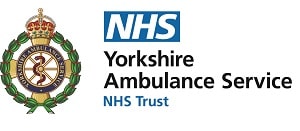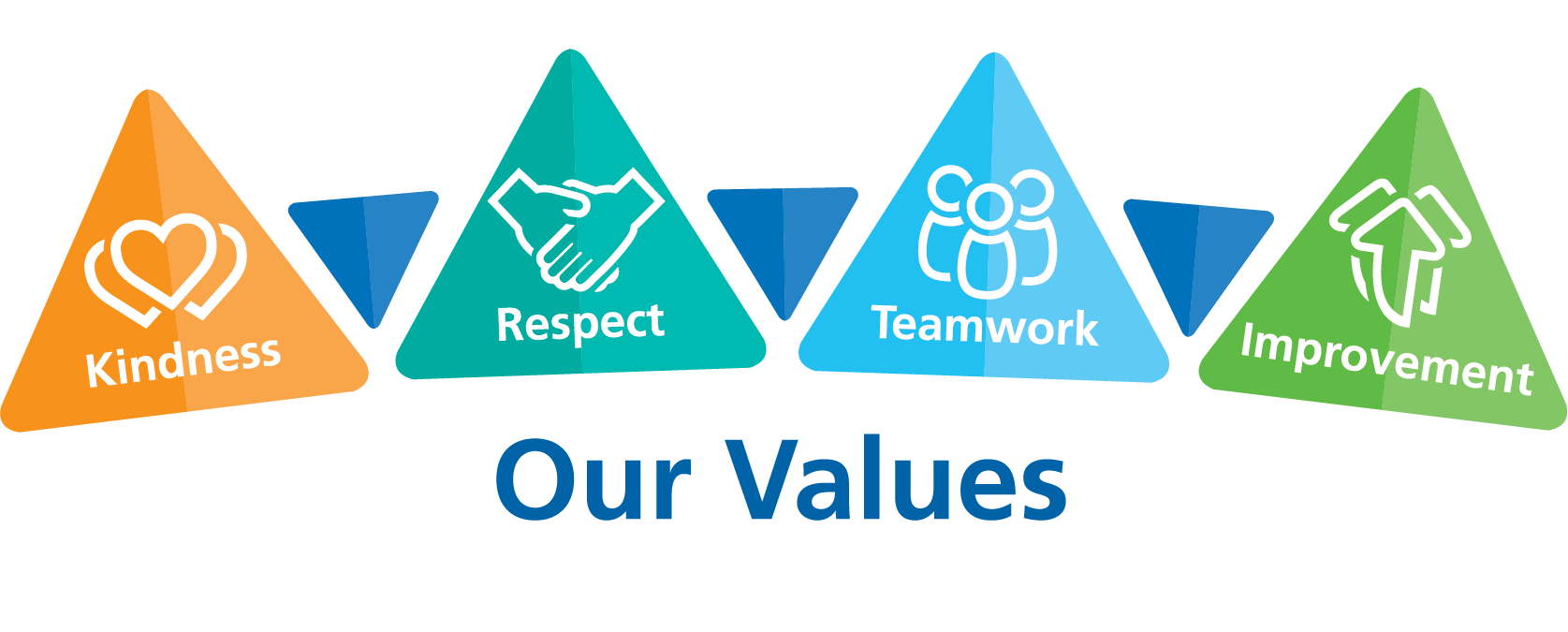Use your ambulance service responsibly through the challenging winter months
12 December 2024

Yorkshire Ambulance Service is urging members of the public to use its services responsibly as it faces the challenges of its busiest time of the year.
The service is already dealing with an increase in demand for its 999, NHS 111 and non-emergency Patient Transport Service which is expected to continue to rise as winter progresses.
Around 71,000 ‘999’ calls are expected between 16 December and 5 January; this equates to an average of 150 ‘999’ calls every hour on our busiest days over the festive period.
While the service has plans in place to help alleviate system-wide pressures, such as more ambulances and additional staff, the public also has a vital role to play by choosing the most appropriate healthcare service for their need.
Nick Smith, Chief Operating Officer for Yorkshire Ambulance Service, said: “We are already seeing system-wide increases in demand, largely due to winter-related illnesses like flu and respiratory problems, adverse weather and a busier night-time economy. This will undoubtedly rise further over the next few weeks.
“We always prioritise our response to the most seriously ill and injured patients. The public can help with this by knowing when to call 999 and when another NHS service is more appropriate. If someone is seriously ill or injured, you should call 999 immediately. If not, please consider other healthcare options.”
The public can help by:
- only calling 999 when someone is seriously ill or injured; examples are chest pain, difficulty breathing, loss of consciousness, severe loss of blood, severe burns and scalds or major trauma such as a serious road traffic accident, stabbing, shooting, fall from height or a serious head injury.
- considering other healthcare services for illnesses and injuries which are NOT life-threatening, such as your pharmacy, GP or urgent treatment centre. NHS 111 online (111.nhs.uk) should be your first port of call if you are unsure where to go. It’s quick and simple and you will be asked the same questions as if you called 111. You can also call 111 if you’d prefer.
- If you are waiting for an ambulance, please don’t call 999 back to ask for an estimated time of arrival. Only call back if the patient’s condition has worsened or you no longer need an ambulance.
Calling 999 does not always mean an ambulance will be sent. All calls are categorised to determine the most appropriate response for the patient’s need. An increasing number of our patients (12,500 in November 2024 compared to 6,200 in November 2023) are dealt with by clinicians over the phone rather than receiving an ambulance response which also helps to relieve pressure on A&E departments.
Nick Smith added: “Quite often, an ambulance response and visit to A&E is not the best option for our patients. Every day hundreds of our patients are being managed remotely by clinicians in our 999 call centre. We have also been working hard with our partners to develop pathways which means we can refer patients to an increasing number of alternative services which are more appropriate for their needs.”
Produced by: Corporate Communications Department

